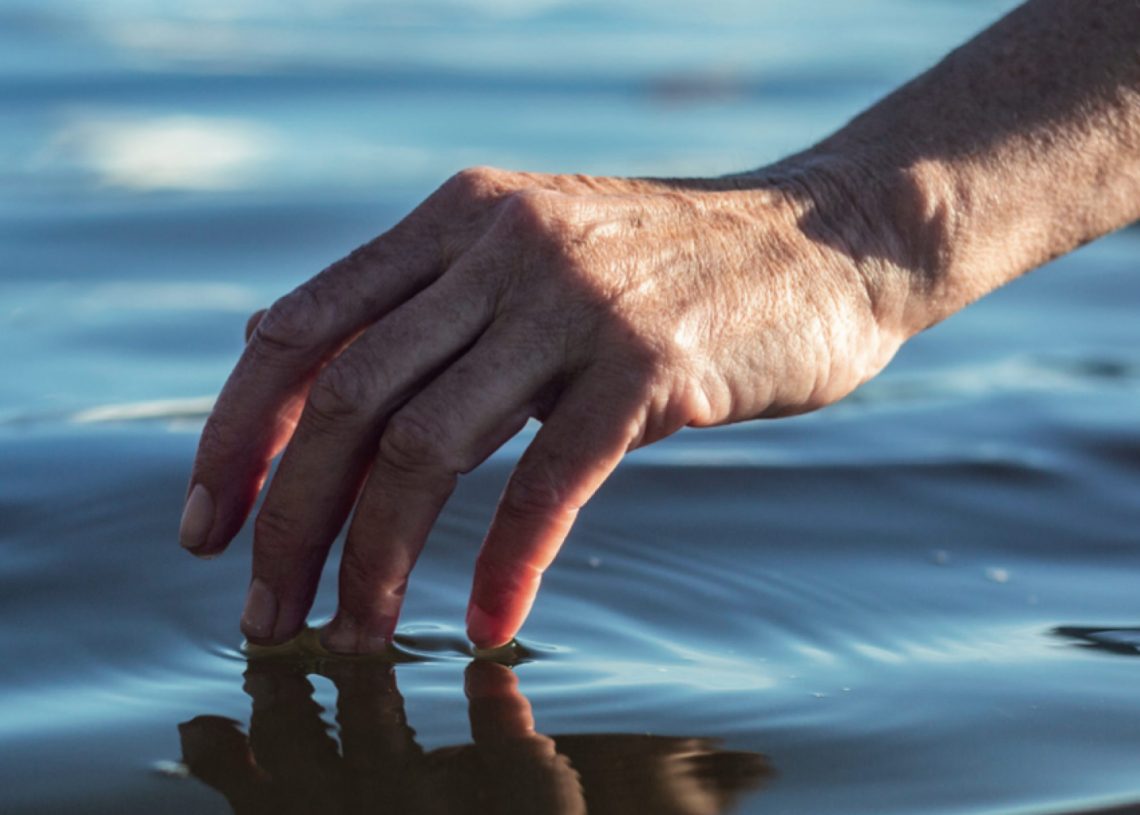
Should you stay in cold water for one minute per degree of water temperature?
‘One minute per degree’ is a rule often touted among cold-water swimmers, but is it a reliable guideline? Heather Massey and Mike Tipton of the Extreme Environments Laboratory at the University of Plymouth investigate.
There is an inverse relationship between water temperature and rate of cooling (the colder the water, the faster your tissues cool). So, the idea that in-water duration is reduced as water temperature cools in winter and spring is not a bad starting point.
But the nature of the relationship between water temperature and deep body cooling rate varies hugely between individuals.
Also, focusing on this relationship ignores more important issues. Hypothermia is not the only problem associated with cold water immersion. Fixing the time in specific water temperatures isn’t helpful. This ‘guideline’ doesn’t address many situations.
Cold shock response
One of the most dangerous responses associated with immersion in cold water, the cold shock response, occurs immediately upon immersion in cold water. This is hazardous as soon as we get in, and occurs before deep body cooling happens, so we don’t have to wait for the end of the allotted time to start running into problems.
The relationship between water temperature and the magnitude of the cold shock response is not linear or straight forward (ie, the colder the water, does not always mean the cold shock response is greater).
Down to the individual
There is much individual variability in our response to cold water exposure. Cold water swimmers are a varied bunch differing in body size and composition, experience and activity level. All of which will impact the rate of muscle, nerve and deep body cooling.
So, in fact while one person may be experiencing severe symptoms associated with rapid cooling (of the superficial muscles and nerves used for swimming or wading), others will not. One rule will not fit all.
Although we are learning more about the impact of non-freezing cold injuries (pain and/or tingling in all/some of the extremities when cold exposed), we still don’t know what dose of cold (the temperature and duration of exposure) can injure your extremities. it is likely that this dose will vary between individuals.
The rule doesn’t account for the environmental conditions you are exposed to, the air temperature, wind, waves, currents that may exacerbate the problems associated with extremity and deep body cooling in wild swimming conditions during and after the swim.
It is not possible to have one rule to cover all of these eventualities. While simple messaging is great, if it oversimplifies or ignores serious hazards it is of limited utility.
Build up gradually
While many will see these durations as aspirational, some will seek to “push the limits”. If you are considering this, ensure you are fit and healthy to do so, build up gradually in terms of your exposure to colder water and the duration in which you spend in the water. Also ensure there is appropriate safety supervision and medical cover to support you in these goals.
Click here for more guidance on cold-water swimming.
This article originally featured in the November 2022 issue of Outdoor Swimmer. To subscribe to the magazine, click here.








